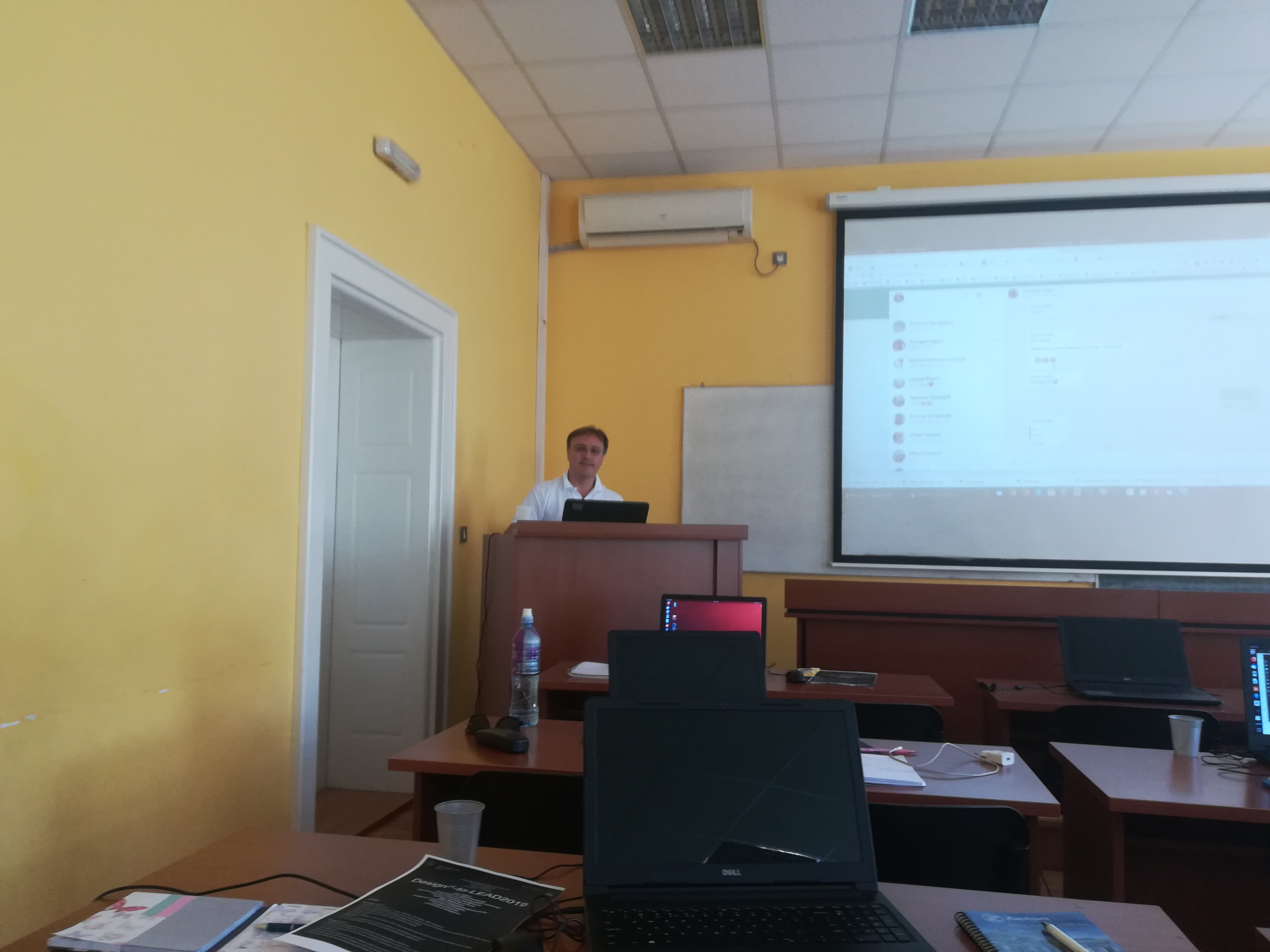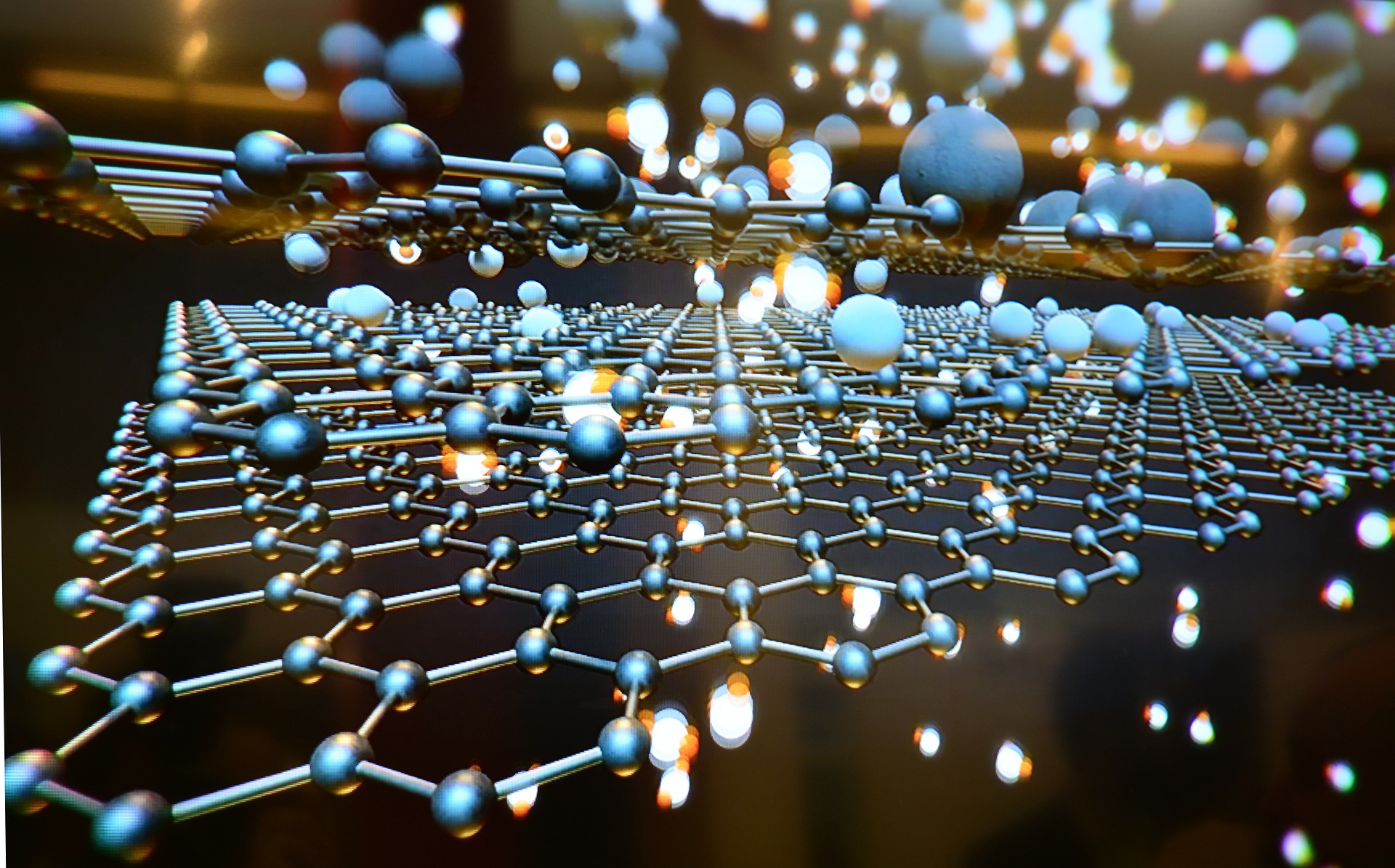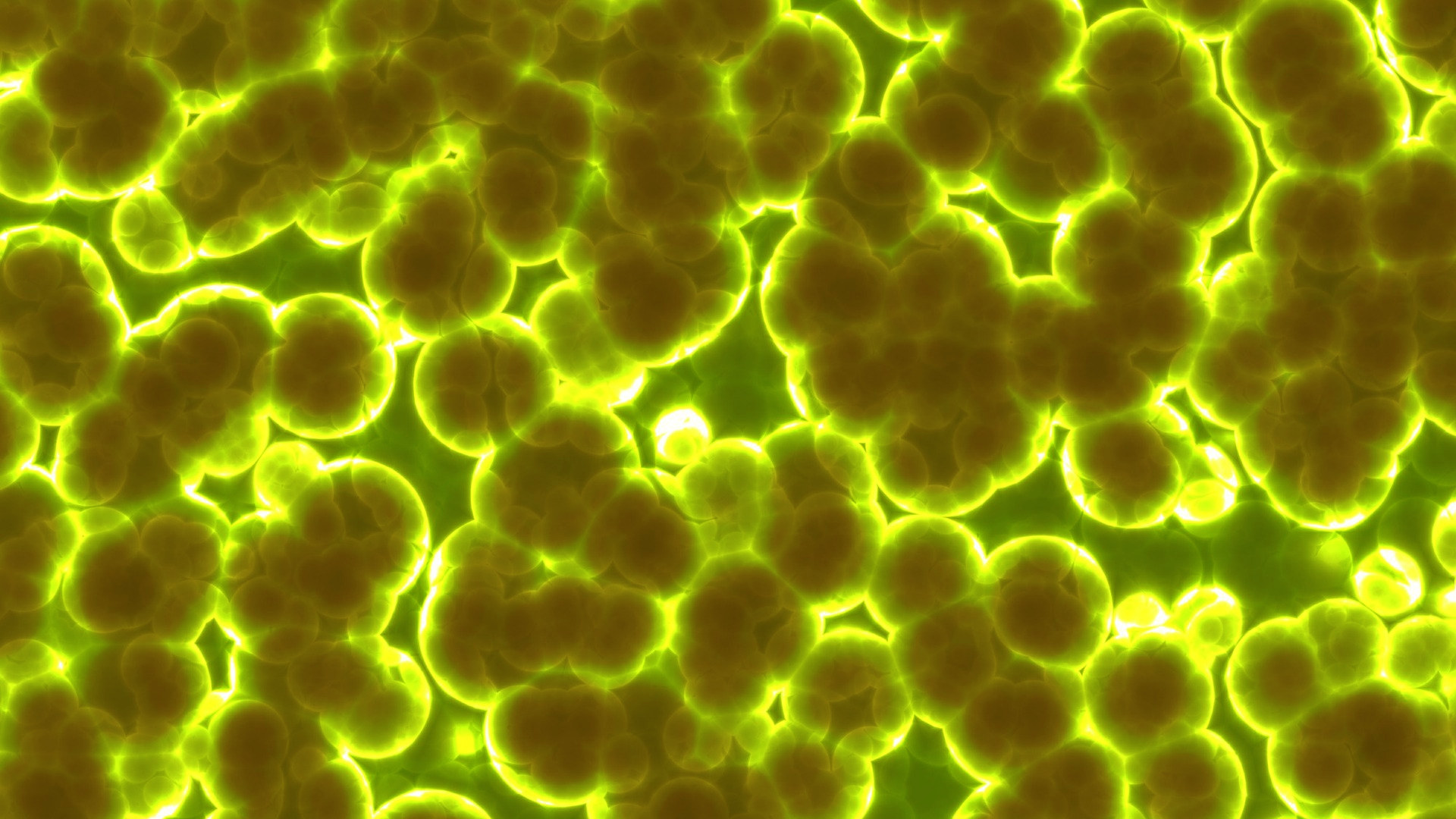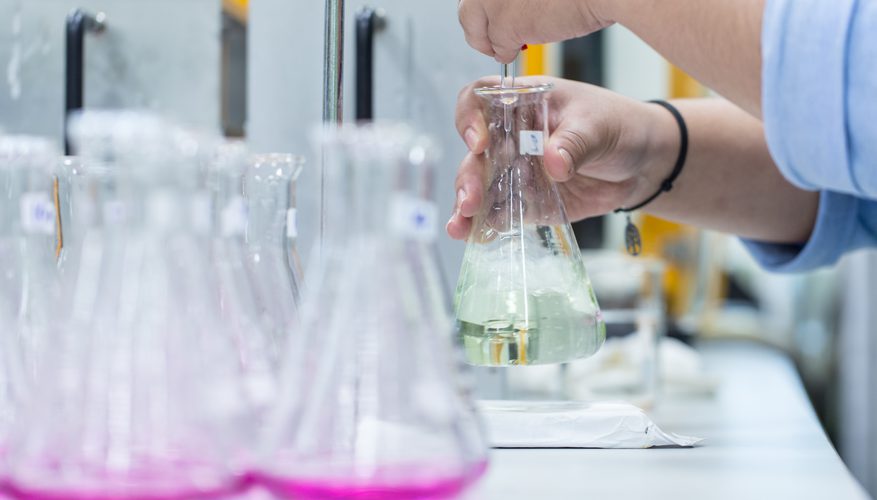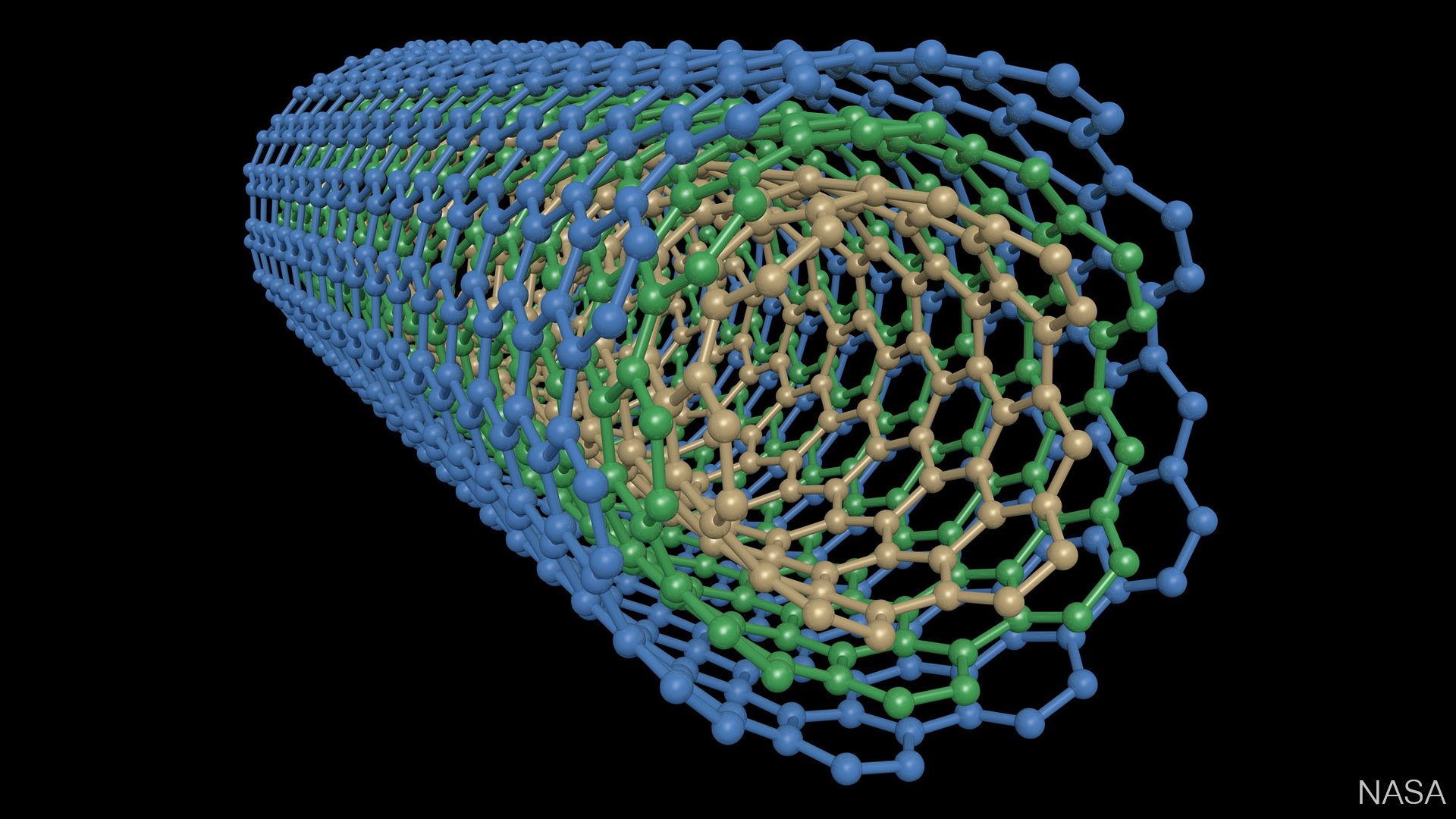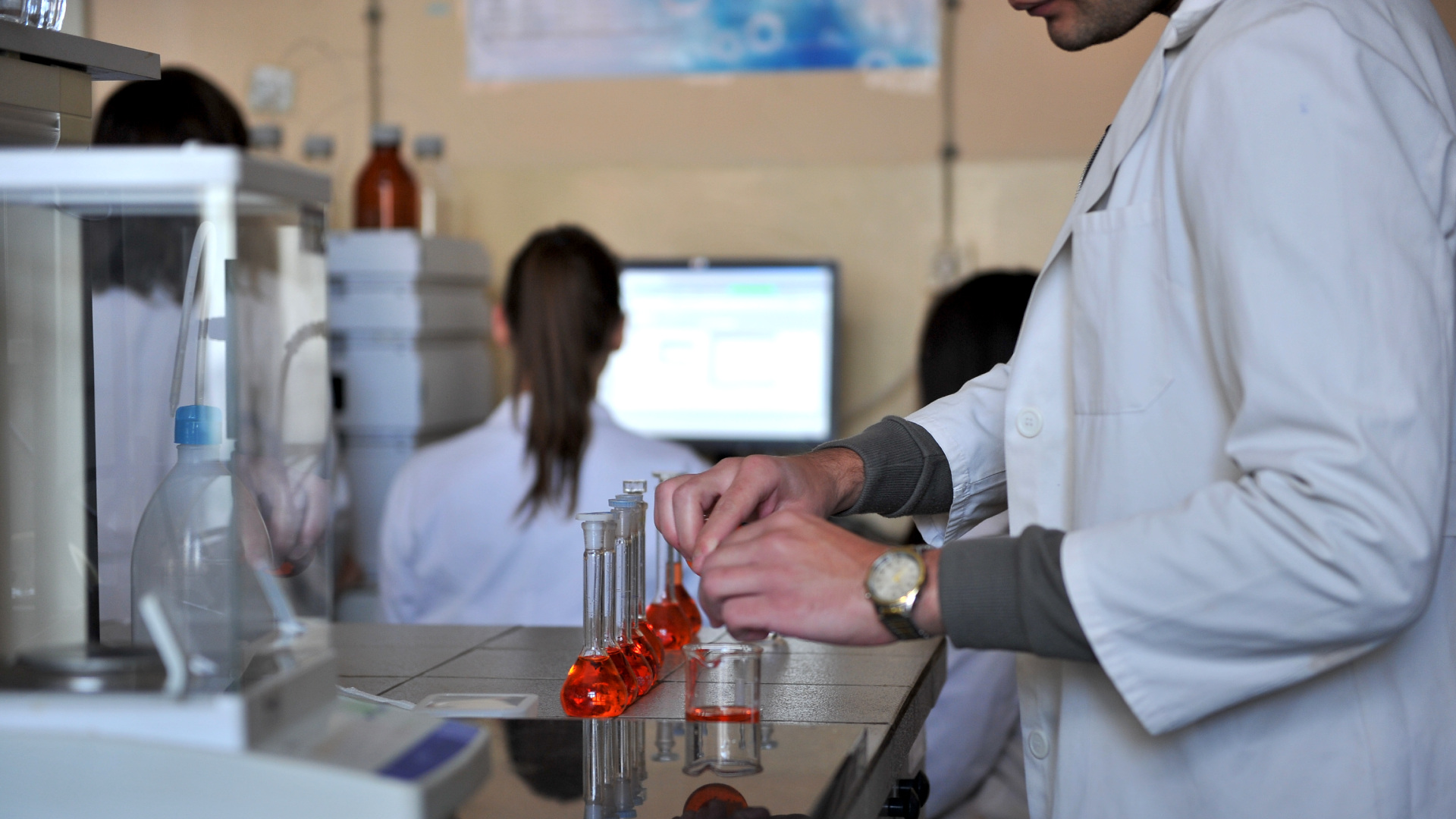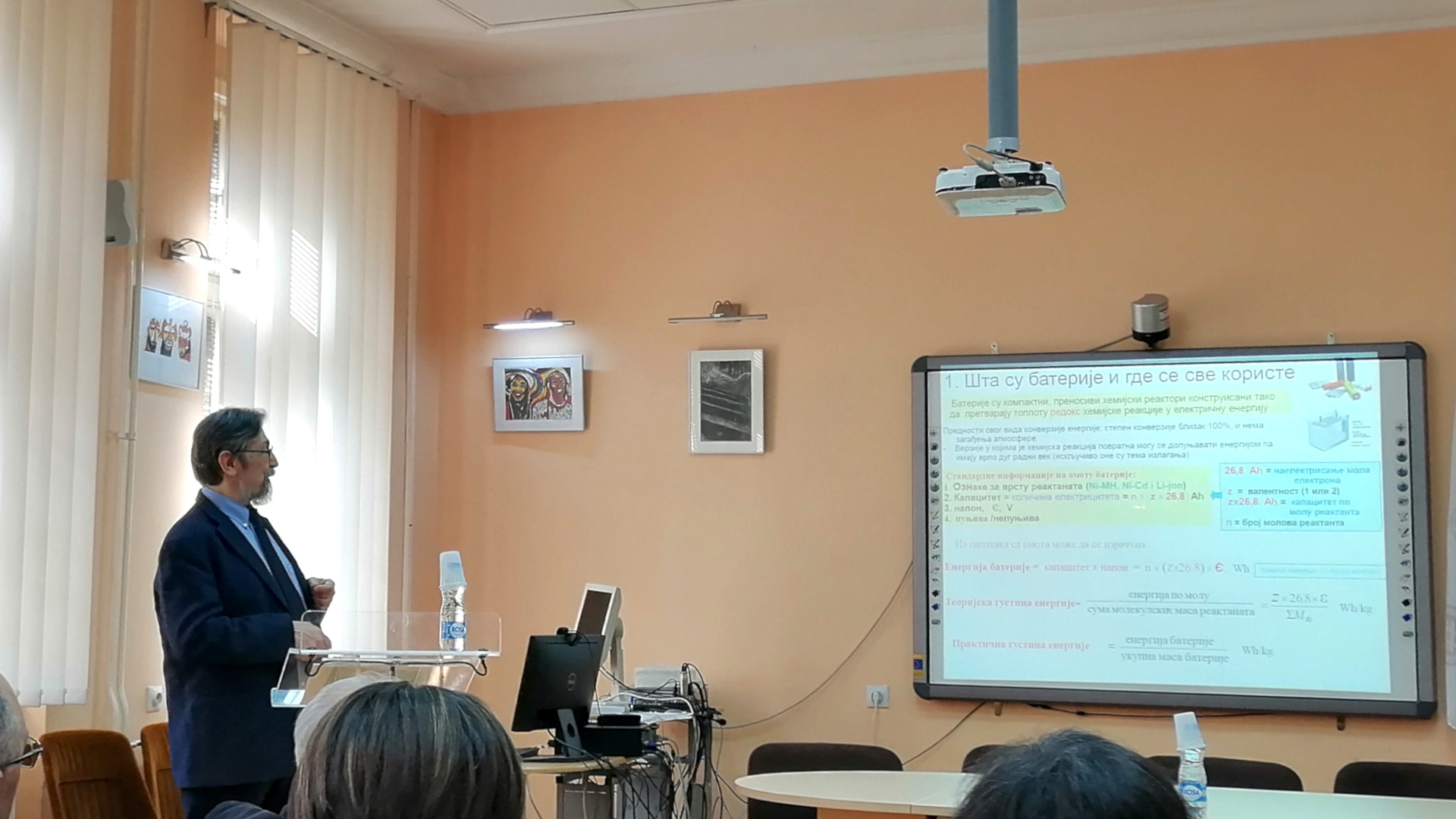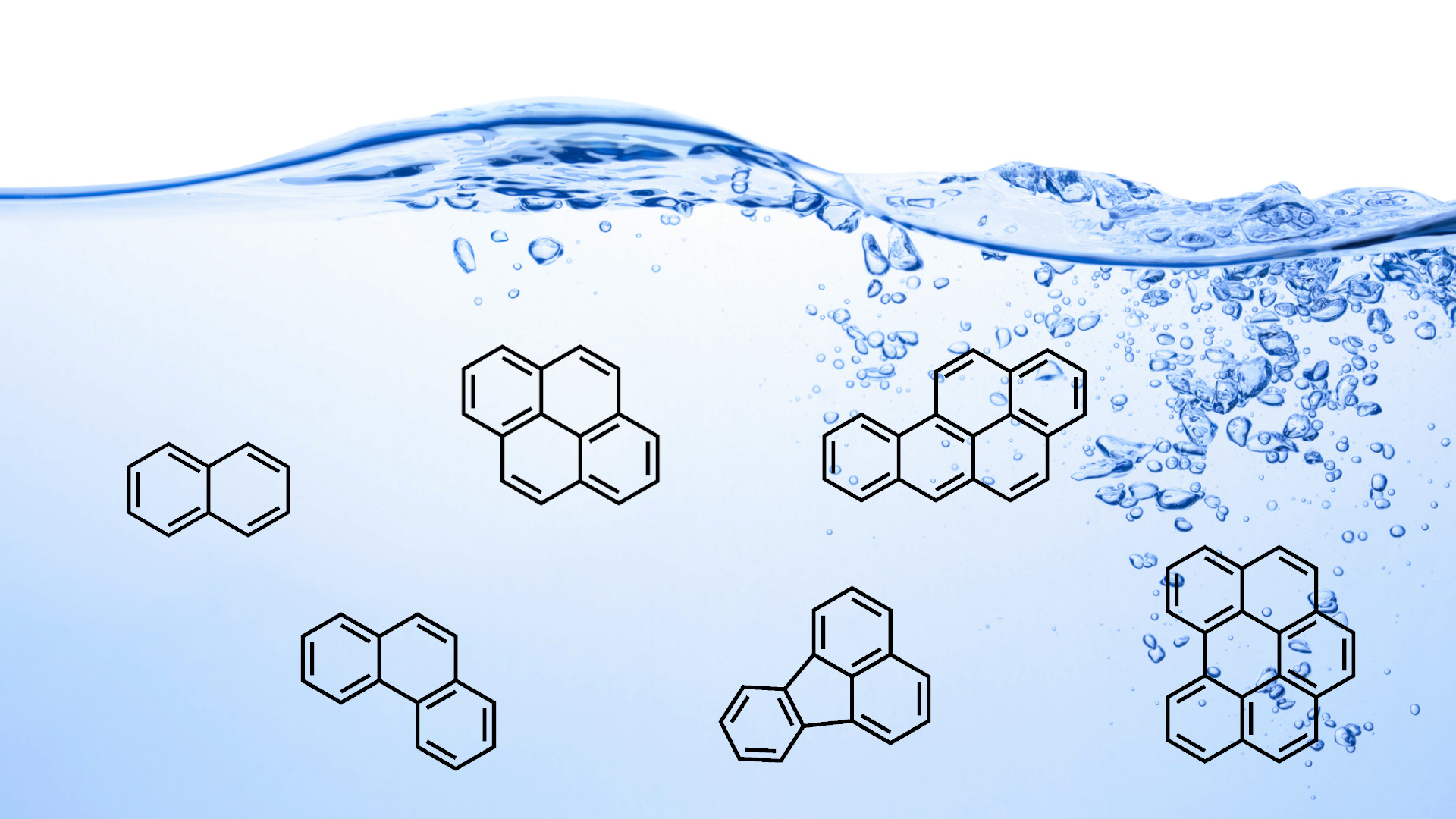The United Nations (UN) has proclaimed 2019 as the international year of the Periodic system of chemical elements. This year, namely, has been turned 150 years from the publishing of Mendeleev’s Periodic system of elements. The interview was performed with Prof. Miloje Rakočević, the scientist, the most familiar in Serbia with the work of Mendeleev, and who gets into the essence of performed systematization.
Prof. Miloje Rakočević was working as a professor at the Department of Chemistry, Faculty of Sciences and Mathematics, University of Niš, and now he is retired. However, there is no obstacle for him to publish results in renowned journals, such as Biosystems and Polyhedron.
As a Deputy Editor of Chemia Naissensis, I felt free to put several questions on his desk connected to his work and Mendeleev’s Periodic systems of elements.

